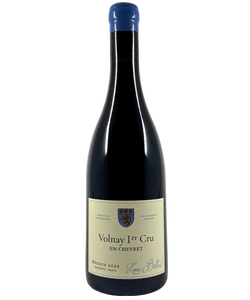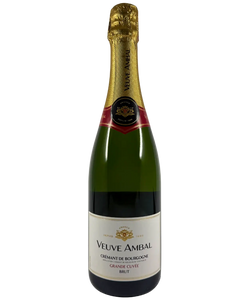In Burgundy, vineyards are like patchwork quilts. Centuries of inheritance laws meant that parcels of land were divided between heirs, over and over again. The result? Most famous vineyards today are shared between dozens of producers — each bottling their own interpretation of the same terroir.
But every now and then, there’s an exception. A vineyard that has remained intact, under a single owner, across centuries. These are known as monopoles — and they represent some of the rarest and most collectible wines in the world.
Let’s break it down.
The inheritance effect: why monopoles are so rare
Under Napoleonic inheritance law, estates in France had to be divided equally between all children. Over generations, vineyards like Clos Vougeot or Corton became fractured into hundreds of tiny plots.
That’s why you’ll often see dozens of producers making a wine from the same grand cru site — each farming their own sliver.
Monopoles buck this trend. Through careful succession, sales, or sheer luck, a vineyard has stayed whole. And with one owner, there’s just one expression of that terroir — no other bottlings, no competing interpretations.
Famous examples: Clos de Tart and La Tâche
Two of Burgundy’s most iconic monopoles highlight why these sites are so prized:
-
Clos de Tart (Grand Cru, Morey-Saint-Denis)
Founded by Cistercian nuns in the 12th century, Clos de Tart has never been divided. Today, it remains one of Burgundy’s largest monopole grand crus at 7.5 hectares. The wines are structured, powerful, and age-worthy, commanding prestige on the global stage. -
La Tâche (Grand Cru, Vosne-Romanée)
Owned exclusively by Domaine de la Romanée-Conti (DRC), La Tâche is one of the most sought-after wines in the world. As a monopole, every bottle comes from DRC’s stewardship — reinforcing its reputation for quality, rarity, and staggering auction prices.
Both sites illustrate the ultimate appeal: scarcity + pedigree.
Why monopoles matter for collectors
Monopoles carry weight far beyond just being “rare.” For investors and collectors, they represent:
- Scarcity by definition — Only one estate produces from that vineyard.
- Consistency — You’re getting the pure, uninterrupted vision of one producer, vintage after vintage.
- Heritage and storytelling — These vineyards often have centuries of history, untouched by division.
- Market prestige — Monopoles are tightly held, tightly allocated, and fiercely sought after.
It’s this combination that makes monopoles some of the most investable bottles in Burgundy.
Beyond Burgundy: do monopoles exist elsewhere?
Yes — though Burgundy is where the concept is most celebrated. You’ll also find monopoles in Alsace, Champagne, and other French regions. But Burgundy, with its fractured history, makes them especially prized.
Final sip
A monopole is more than just a label on the bottle. It’s a signal of history, exclusivity, and terroir expressed without compromise.
When you drink Clos de Tart or La Tâche, you’re not just enjoying Burgundy at its finest — you’re tasting a vineyard’s story, preserved across generations, bottled under one name.
For collectors, that makes monopoles more than wines. They’re benchmarks.










